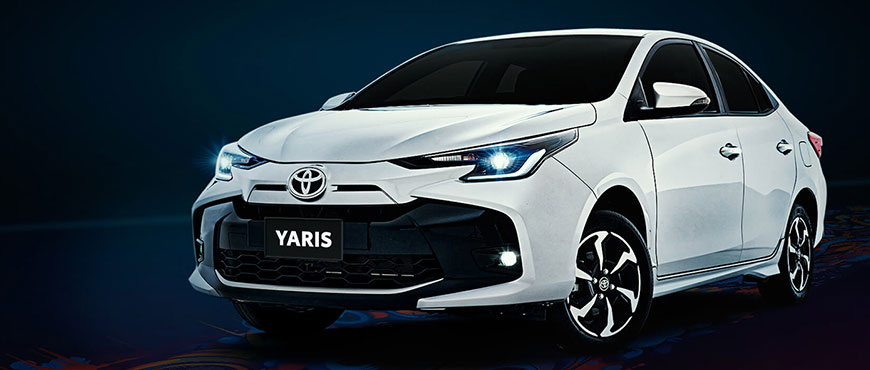
Every trip starts with a choice that sets the tone for the road ahead. For some, it’s about keeping things simple and light. For others, it’s about finding that little bit of extra comfort along the way. That’s where the question of choosing a compact or economy rental car really comes in.
It’s not just about the size or price of the car. It’s about how it fits into your journey, how it feels on the road, and how it turns a regular drive into something that just flows right. Whether you’re planning a quick escape or a long ride across cities, picking the car that matches your pace makes all the difference.
A compact car is slightly larger than an economy one. In rental terms, it usually has four doors and comfortably seats up to five people. Think of it as the sweet spot between small city cars and mid-sized sedans. Models like the Toyota Corolla, Hyundai i30, and Honda Civic fall in this category.
These cars are great for small families or groups who want more room without paying for a big sedan. You’ll notice more legroom, a smoother ride, and better trunk space for luggage or gear. Plus, compact cars often come with upgraded features like touchscreen displays and safety assist options.
Economy cars are the smallest vehicles in most rental fleets. They’re built for short, efficient city drives where size and fuel economy matter more than space or luxury. Typical examples include the Kia Rio, MG3, or Nissan Versa.
They usually have two or four doors and comfortably fit two adults and a couple of small bags. If you’re on a budget or just need a no-fuss ride to get from point A to B, this is your pick. The comfort level of economy cars is simple but practical, making them ideal for quick trips, errands, or solo travelers.
When it comes to comfort, compact cars win by a margin. They’re not only roomier but also feel more stable on highways. If you’re going on a longer trip or driving with friends, the extra seat cushioning and cabin space will make a big difference.
Economy cars, on the other hand, shine in city traffic. Their smaller size makes parking easy and navigation stress-free. The comfort level of economy cars may be basic, but it’s perfect for short, everyday rides.
Luggage space often becomes the deal-breaker. Here’s what you can expect:
If you’re traveling with family or carrying extra luggage, a compact will save you the hassle of squeezing everything in. But if you pack light, an economy car will do just fine.
Fuel economy is a big reason people look for smaller cars. Both classes perform well, but economy cars are slightly better on this front.
This means you’ll save a bit more on fuel with an economy car, especially if you’re just zipping around town. But compact cars offer better engines and smoother rides for longer distances.
So, when deciding between a compact or economy rental car, think about your route. For long drives, the slight difference in fuel cost is worth the added comfort.
Cost is often the deciding factor. An economy rental car usually costs $10–$20 less per day than a compact. If you’re renting for a week or longer, that adds up.
However, the gap isn’t huge. Compact cars offer more space and comfort for just a little extra, which many travelers find worth the price. The best approach is to compare rates before booking, as prices often depend on location, demand, and the car model available.
Here’s a simple view:
If you’re planning a short city trip—say, Karachi to Hyderabad—an economy car like the Kia Rio is perfect. It’s small, easy to park, and fuel-efficient.
For something longer, like Karachi to Islamabad, a compact car such as a Toyota Corolla or Honda Civic will give you a smoother, quieter, and more relaxed drive. The extra space makes a big difference when you’ve got passengers or luggage.
| Feature | Economy Car | Compact Car |
| Size | Smaller, 2–4 doors | Slightly larger, 4 doors |
| Passengers | 2–4 (best for 2 adults) | 4–5 comfortably |
| Luggage Space | 1 medium + 1 small bag | 2 large suitcases |
| Fuel Economy | 5–6L/100km | 6–7L/100km |
| Daily Rental Rate | Lowest | Slightly higher |
| Comfort Level | Basic | More refined |
| Best For | Short trips, tight budgets | Road trips, small families |
Choosing between a compact or an economy rental car depends on how you travel. If you value fuel savings and easy parking, go for an economy car. But if comfort, luggage room, and long-distance ease matter more, a compact car is worth the small extra cost.
30C / II - 24th Street D.H.A Phase II Extension Phase 2 Commercial Area, Karachi, Sindh
Rentals@deinfa.com
+92 331 3334632
+92 321 8291537
© 2025. All Rights Reserved by Deinfa. | Developed by: Digital Eggheads.
Starting from five vehicles and growing to a fleet of over 500, Deinfa has become a renowned name in the car rental industry.